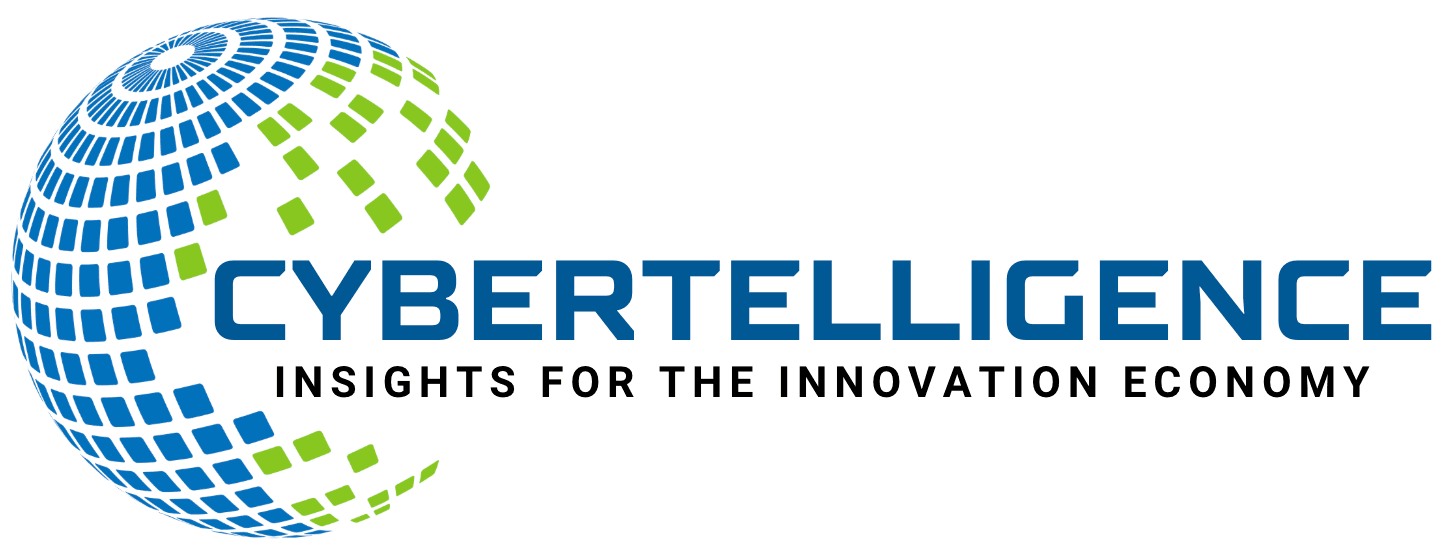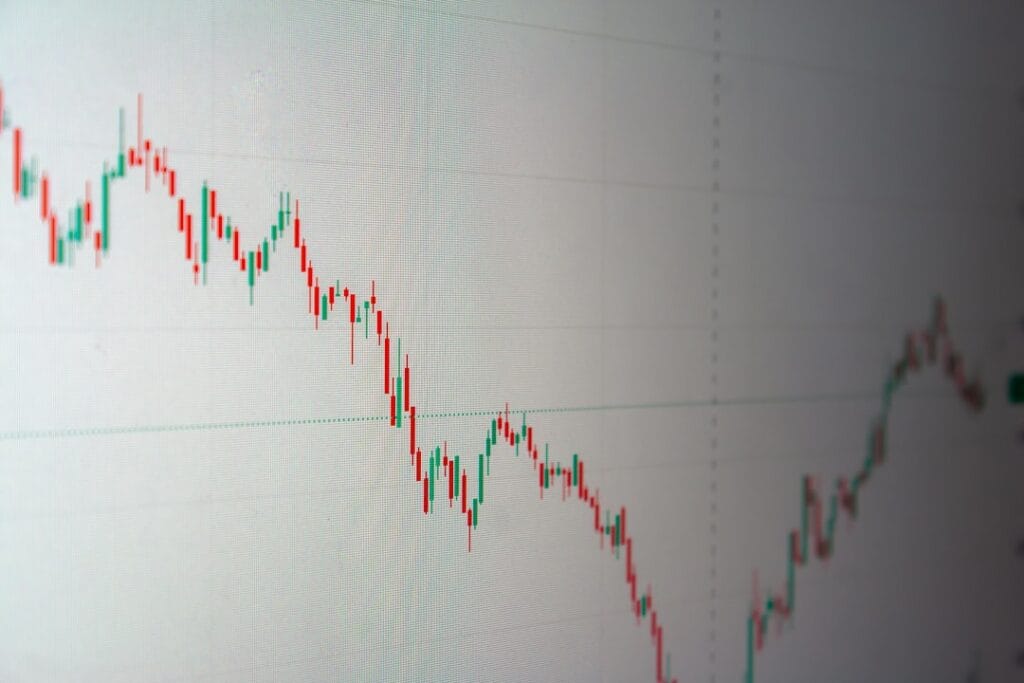Blockchain is a revolutionary technology that serves as a decentralized digital ledger, enabling the secure and transparent recording of transactions across a network of computers. At its core, a blockchain consists of a series of blocks, each containing a list of transactions. These blocks are linked together in chronological order, forming a chain.
The decentralized nature of blockchain means that no single entity has control over the entire network, which enhances security and trust among participants. Originally developed as the underlying technology for Bitcoin, blockchain has evolved to encompass a wide range of applications beyond cryptocurrencies. The concept of blockchain is rooted in cryptography and distributed computing.
Each block in the chain contains a cryptographic hash of the previous block, along with a timestamp and transaction data. This structure ensures that once a block is added to the chain, it cannot be altered without altering all subsequent blocks, which would require consensus from the majority of the network. This immutability is one of the key features that make blockchain an attractive solution for various industries seeking to enhance transparency and reduce fraud.
Key Takeaways
- Blockchain is a decentralized, distributed ledger technology that records transactions across multiple computers in a secure and transparent manner.
- Blockchain works by creating a chain of blocks that contain transaction data, which is verified and added to the chain through a consensus mechanism.
- Potential applications of blockchain technology include supply chain management, healthcare, finance, government services, and more.
- The benefits of using blockchain include increased transparency, security, efficiency, and reduced costs in various industries.
- Blockchain ensures security through cryptographic techniques, consensus mechanisms, and immutability of data, making it difficult for unauthorized parties to tamper with the information.
How Does Blockchain Work?
The operation of blockchain technology hinges on a consensus mechanism that allows participants in the network to agree on the validity of transactions. When a new transaction is initiated, it is broadcasted to all nodes in the network. Each node then verifies the transaction against predefined rules and criteria.
Once validated, the transaction is grouped with others into a block. This block is then subjected to a consensus process, which can vary depending on the type of blockchain being used—public, private, or consortium. In public blockchains like Bitcoin, the consensus mechanism often involves proof-of-work (PoW), where miners compete to solve complex mathematical problems to add new blocks to the chain.
This process not only secures the network but also incentivizes participants through rewards in the form of cryptocurrency. In contrast, private blockchains may utilize alternative consensus mechanisms such as proof-of-stake (PoS) or practical Byzantine fault tolerance (PBFT), which can be more efficient and faster since they do not require extensive computational resources.
The Potential Applications of Blockchain Technology

Blockchain technology has far-reaching implications across various sectors, extending well beyond its initial application in cryptocurrencies. One prominent area is supply chain management, where blockchain can enhance traceability and accountability. By recording every transaction and movement of goods on a blockchain, companies can ensure that products are sourced ethically and that their origins are transparent.
For instance, companies like Walmart have implemented blockchain solutions to track food products from farm to table, significantly reducing the time required to trace contaminated products during recalls. Another significant application lies in digital identity verification. Traditional identity systems are often vulnerable to fraud and data breaches.
Blockchain can provide a secure and immutable way to store identity information, allowing individuals to control their own data while providing verifiable credentials to service providers. Projects like uPort and Sovrin are pioneering this space by enabling users to create self-sovereign identities that can be used across various platforms without relying on centralized authorities.
The Benefits of Using Blockchain
| Benefits of Using Blockchain |
|---|
| 1. Enhanced Security |
| 2. Transparency and Immutability |
| 3. Reduced Costs |
| 4. Increased Efficiency |
| 5. Decentralization |
| 6. Improved Traceability |
The adoption of blockchain technology offers numerous benefits that can transform business operations and enhance efficiency. One of the most notable advantages is increased transparency. Since all transactions are recorded on a public ledger accessible to all participants, stakeholders can verify transactions independently without relying on intermediaries.
Additionally, blockchain can significantly reduce costs associated with intermediaries and transaction fees. In traditional financial systems, intermediaries such as banks and payment processors often charge fees for their services.
By eliminating these middlemen, blockchain enables peer-to-peer transactions that can be executed at a fraction of the cost. For example, remittances sent via blockchain-based platforms like Ripple can be completed in minutes with minimal fees compared to traditional wire transfers that may take days and incur high charges.
Understanding the Security of Blockchain
Security is one of the most compelling features of blockchain technology.
This distribution makes it exceedingly difficult for malicious actors to alter or corrupt the data without being detected.
Each transaction is secured through cryptographic techniques, ensuring that only authorized parties can access or modify information. Moreover, the consensus mechanisms employed by different blockchains add an additional layer of security. In public blockchains like Bitcoin, the proof-of-work mechanism requires significant computational power to validate transactions and add new blocks.
This makes it economically unfeasible for attackers to manipulate the system since they would need to control more than 50% of the network’s mining power—a scenario known as a 51% attack. In private blockchains, access controls and permissioned nodes further enhance security by restricting who can participate in the network.
The Role of Blockchain in Finance and Banking

The financial sector has been one of the earliest adopters of blockchain technology due to its potential to streamline operations and enhance security. Traditional banking systems often involve lengthy processes for cross-border transactions, which can take several days and incur high fees. Blockchain technology allows for real-time settlement of transactions, significantly reducing processing times and costs.
For instance, Ripple’s payment protocol enables instant cross-border payments between financial institutions using its native cryptocurrency, XRP. Furthermore, blockchain facilitates greater financial inclusion by providing access to banking services for unbanked populations around the world. With just a smartphone and internet access, individuals can engage in financial transactions without needing a traditional bank account.
This has profound implications for developing countries where banking infrastructure may be lacking. Projects like Stellar aim to connect financial institutions and provide low-cost remittance services, empowering individuals with greater control over their finances.
The Impact of Blockchain on Supply Chain Management
Supply chain management is another area poised for transformation through blockchain technology. The ability to track products at every stage of their journey—from raw materials to end consumers—enhances transparency and accountability within supply chains. Companies can verify the authenticity of products, ensuring that they are sourced ethically and comply with regulatory standards.
For example, De Beers has implemented a blockchain solution called Tracr to track diamonds from mines to retailers, providing assurance that their diamonds are conflict-free. Moreover, blockchain can improve efficiency by automating processes through smart contracts—self-executing contracts with terms directly written into code. These contracts can trigger actions automatically when predefined conditions are met, reducing delays caused by manual interventions.
For instance, in logistics, smart contracts can automatically release payments upon successful delivery of goods, streamlining operations and minimizing disputes between parties.
Blockchain and Healthcare: Potential Use Cases
In healthcare, blockchain technology holds promise for enhancing data security and interoperability among various stakeholders. Patient records are often fragmented across multiple systems, making it challenging for healthcare providers to access comprehensive patient histories. By utilizing blockchain, patient data can be securely stored in a decentralized manner while allowing authorized healthcare professionals to access it seamlessly.
This not only improves patient care but also enhances data privacy. Additionally, blockchain can facilitate drug traceability within pharmaceutical supply chains, combating counterfeit drugs—a significant issue affecting global health. By recording every transaction related to drug manufacturing and distribution on a blockchain, stakeholders can verify the authenticity of medications at any point in the supply chain.
Initiatives like MediLedger are already working towards creating secure networks for tracking pharmaceuticals from manufacturers to pharmacies.
The Role of Blockchain in Government and Public Services
Governments around the world are exploring blockchain technology as a means to enhance transparency and efficiency in public services. One notable application is in voting systems; blockchain can provide a secure and tamper-proof method for recording votes, ensuring election integrity while increasing voter participation through remote voting options. Countries like Estonia have already implemented e-voting systems based on blockchain technology.
Moreover, blockchain can streamline public record-keeping processes such as land registries and property titles. By recording ownership information on a blockchain, governments can reduce fraud and disputes related to property ownership while simplifying the transfer process during sales or inheritance. This approach not only enhances transparency but also reduces administrative burdens on government agencies.
Challenges and Limitations of Blockchain Technology
Despite its potential benefits, blockchain technology faces several challenges that hinder widespread adoption. One significant issue is scalability; as more transactions are added to a blockchain, the network can become congested, leading to slower processing times and higher fees. For instance, Bitcoin has faced criticism for its limited transaction throughput compared to traditional payment systems like Visa.
Another challenge lies in regulatory uncertainty surrounding blockchain applications. Governments are still grappling with how to regulate cryptocurrencies and other blockchain-based solutions effectively without stifling innovation. The lack of clear regulatory frameworks can deter businesses from investing in blockchain technology due to fears of compliance issues or potential legal repercussions.
The Future of Blockchain: Potential Developments and Innovations
Looking ahead, the future of blockchain technology appears promising as ongoing research and development continue to address existing challenges while exploring new applications. Innovations such as layer-two scaling solutions aim to enhance transaction throughput without compromising security or decentralization—examples include Lightning Network for Bitcoin and Optimistic Rollups for Ethereum. Furthermore, interoperability between different blockchains is becoming increasingly important as organizations seek to leverage multiple networks for various use cases.
Projects like Polkadot and Cosmos are working towards creating ecosystems where different blockchains can communicate seamlessly with one another, enabling greater collaboration across industries. As industries continue to recognize the transformative potential of blockchain technology, we may witness an acceleration in its adoption across sectors such as finance, healthcare, supply chain management, and government services. The ongoing evolution of this technology will likely lead to innovative solutions that address current limitations while unlocking new opportunities for efficiency and transparency in our increasingly digital world.
In the rapidly evolving landscape of technology, blockchain continues to be a pivotal innovation, influencing various sectors from finance to supply chain management. A related article that delves into the intersection of AI and technology is titled “Exploring AI Trends: Jailbreaking Grok 4 on Day Zero.” This piece provides insights into the latest advancements in AI, which often complement blockchain technology by enhancing security and efficiency. For more information, you can read the full article by following this link: Exploring AI Trends: Jailbreaking Grok 4 on Day Zero.
FAQs
What is blockchain?
Blockchain is a decentralized, distributed ledger technology that records transactions across multiple computers in a way that is secure, transparent, and resistant to modification.
How does blockchain work?
Blockchain works by creating a chain of blocks, each containing a list of transactions. These blocks are linked together using cryptographic techniques, and each block is verified by network participants, making it difficult to alter any single record without altering the entire chain.
What are the key features of blockchain?
Key features of blockchain include decentralization, transparency, immutability, security, and efficiency. These features make blockchain suitable for a wide range of applications, including financial transactions, supply chain management, and identity verification.
What are some real-world applications of blockchain?
Blockchain technology is being used in various industries, including finance (for cryptocurrencies and smart contracts), supply chain management (for tracking and verifying the origin of products), healthcare (for securely storing and sharing patient data), and voting systems (for ensuring the integrity of elections).
What are the benefits of blockchain?
Some of the benefits of blockchain include increased security, reduced costs, improved transparency, faster transactions, and the potential for disintermediation (cutting out middlemen).
What are the challenges of blockchain?
Challenges of blockchain include scalability issues, regulatory concerns, energy consumption (in the case of proof-of-work consensus mechanisms), and the need for standardization and interoperability among different blockchain platforms.




